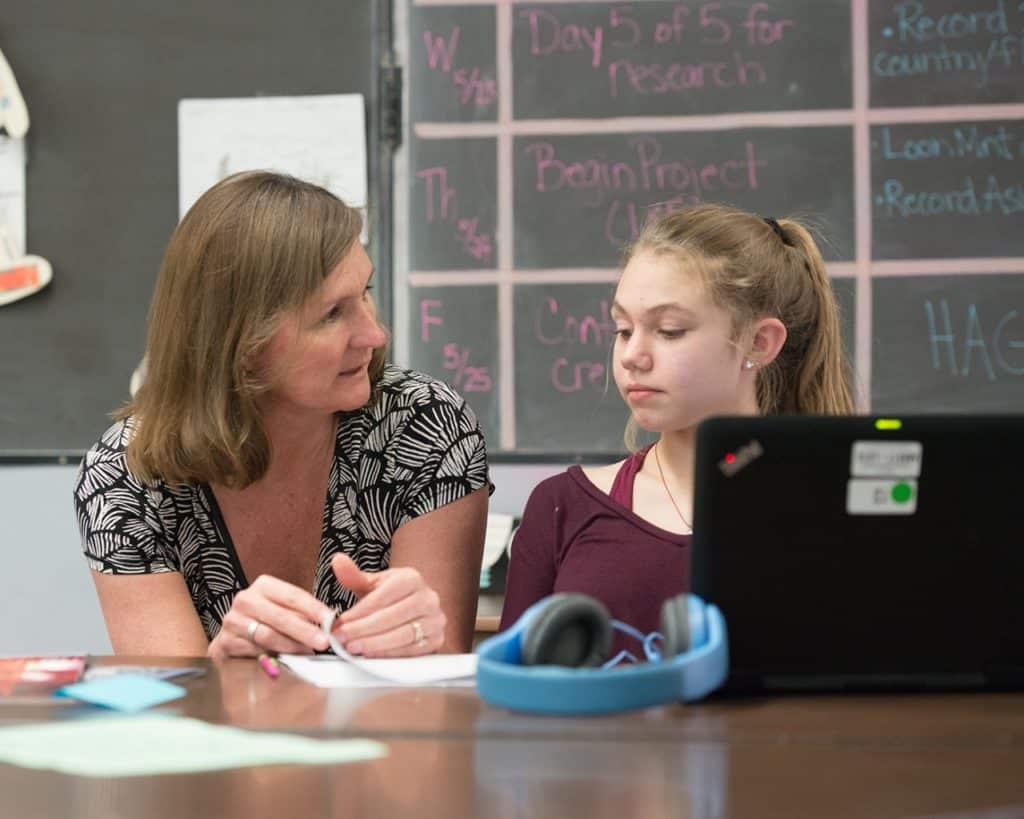
Taking proactive steps to build a strong learning community, with practices like positive teacher language, interactive modeling, and investing students in rules through Hopes and Dreams, does a lot to prevent misbehavior before it starts. However, there will still be occasions when you need to respond to misbehavior. These moments are stressful for teachers and students alike, and maintaining empathy plays a vital role—both in keeping misbehaviors from escalating, and in helping students learn from their mistakes.
“Having empathy doesn’t mean letting go of accountability. Hold children accountable, but with understanding and curiosity for why they might be misbehaving—and faith that they can choose a better way to behave.”
– Teaching Self-Discipline
Every student is unique, and responses that work for one may not work for another, but understanding where students are coming from can help you find the most productive solution. The primary goal when responding to misbehavior is not to punish students, but to end the negative behavior as quickly—and with as little disruption—as possible, so everyone can get back to learning.
One highly effective strategy that puts a stop to the behavior, and helps students understand the effects of their actions, is logical consequences. The focus is on repairing any damage caused, and giving students the social emotional tools they need to make better choices in the future, so the same behavior might lead to a different logical consequence depending on the student. Logical consequences should be:
Jazmine Tavenner, Co-Director of Programs at the Center for Responsive Schools, offers the example of a student she had when teaching second grade: The student intentionally broke all the crayons in a box, so as a consequence, she and the student sat together and taped all the crayons back together, thereby addressing the action in an empathetic and manageable way.
“Logical consequences—they make sense. They really encourage learning because when you give a student a consequence that does not match what they actually did, they only learn to evade punishment and not to actually own the responsibility.”
– Jazmine Tavenner
Responding to misbehavior is a complex topic—which can be further complicated when dealing with issues like toxic stress and larger-scale, ongoing behavior problems. For a more in-depth look into these issues, check out Teaching Self-Discipline: